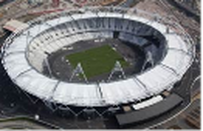
The figure provided by Sky came from “Inspired by 2012: The legacy from the Olympic and Paralympic Games: Second annual report”, a joint report by the UK Government and Mayor of London. Since the London Games in 2012, people like Boris Johnson and Seb Coe have proclaimed how great, and important, such a legacy is, irrespective of (or maybe because of) how much the Olympics cost or whether people in the UK even want, or care about, such a legacy.
On page 47 of the report, the £14.2bn is broken down into three sections: (i) £5.9bn of additional sales by UK companies as a result of UKTI (UK Trade & Investment) activity; (ii) £3.58bn of Olympic-related High Value Opportunities (HVO) won overseas; (iii) £4.72bn of additional foreign direct investment into the UK.
Little evidence is provided to back up points (i) and (iii). For instance, the £4.72bn of additional foreign direct investment into the UK is described as being ‘influenced by the Games’. With regard to (ii), the report states that the UKTI has targeted ‘the hosts of future major sports events’ and ‘global infrastructure opportunities’ and outlines some successes of UK companies wining various contracts. However, the report makes no attempt to quantify how much of these success were solely, or partly, due to hosting the Olympics. The implication seems to be that none of these contracts would have been won had London not hosted the Games.
One gets the sense from the report that any benefits to the UK economy since 2012 are being attributed to hosting the Olympics, possibly to convince the public that hosting the Games was worth the £9bn price tag. Usually, benefits are determined by comparing an outcome in 2013 to the equivalent outcome in 2012. As well as this, it does not seem to be considered that an outcome may have occurred if the Games had not taken place, i.e. the ‘counter-factual’.
For example, the report states on page 54 that “London welcomed 16.8 million international visitors in 2013,....an increase of 1.3 million visitors”. An impressive achievement of 8.56% growth! However, a look at www.visitbritain.org shows that international visitors to London grew by 3.5% in 2010, 4% in 2011 but only by 1.1% in 2012. The lower growth in 2012 may be indicative of ‘crowding out’ and‘time-switching’ effects. While it is possible that the Olympics had some effect on tourism in 2013, it is hardly likely to explain all of the growth, much as some vested interests would like that to be the case.
Similarly, the report states, again on p54, that “Many leading institutions, including the British Museum, Natural History Museum and National Gallery, experienced large increases in visitor numbers in 2013”. Again, the implication is that hosting the Olympics drove this change. However, according to this article, Summer 2012 was one of the worst years on record for some major visitor attractions in London. While poor weather was a factor, it is also likely that a ‘substitution effect’ was relevant as visitors simply substituted Olympic activities for ‘normal’ tourism activities. Hence, a return to ‘business as usual’ conditions would give a relatively large level of growth.
There are numerous examples of only looking at the 2012-2013 effect, or of failing to try to take account of a‘counter-factual’ in the drive to paint the Olympics as having massive long-term benefits. While it is likely that the Olympics had some effect, extravagant claims made by politicians should always be viewed with an appropriate level of scepticism.
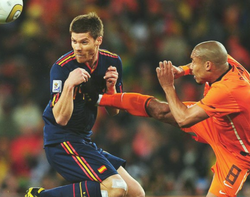

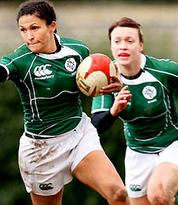
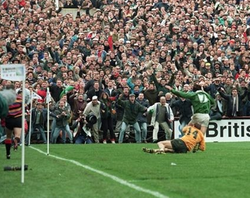
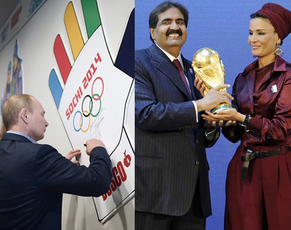

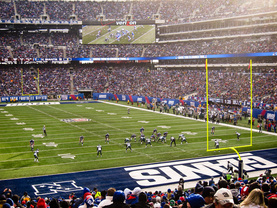
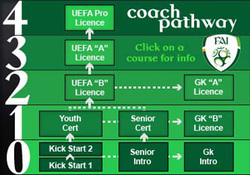
 RSS Feed
RSS Feed